Peter Dornauf – 27 August, 2025
The other common denominator here is the presence of piles of books often accompanied by figurines of Maori design. This means this is now New Zealand with a more common garden variety selection of foliage employed in tandem with culture, to elicit perhaps some postcolonial discourse.
Hamilton city is a bit short at the moment when it comes to commercial art gallery space, so three enterprising well established Waikato artists, all women, came up with a cunning plan by negotiating the use of the Wintec art student gallery facility, for a short period of time anyway.
One of them, Frances van Dammen, actually resides in Auckland, but she lived in Hamilton for several decades developing her signature subject and style and graduating from Wintec with a Bachelor of Media Arts degree.
The subject focus for her was plants and flowers, which sounds all very conventional, but it is what she did with them that made her work distinctive.
Most who choose nature as their subject tend to present it from a distance, whereas van Dammen goes close-up, magnifies and condenses her material in order to achieve a sense of abundance; nature gorged with exuberance, profuse and bountiful.
The canvases are crowded with leaves and exotic flowers of various kinds, often presented in tondo format, with a highly polished lacquered finish in order to resemble the mirrored “gazing balls” once placed in gardens to reflect the image of the cultivated world back at one in concentrated form. The work, Closeup and Very Green, is a prime example.
But more recently she has taken a new tack, still with the nature theme, but now with a singular potted plant, sometimes vegetable, placed inside a domestic interior. Silver beet by the window, or by the front door, or Brussel sprouts on a table. The other common denominator here is the presence of piles of books often accompanied by figurines of Maori design. This means is now New Zealand with a more common garden variety selection of foliage employed in tandem with culture, to elicit perhaps some postcolonial discourse.
The second artist, Janet Knighton, has also a singular focus. She has constructed a series of ten works that deal with a very specific theme, one not confronted before by any artist, New Zealand or otherwise. Her subject is the disturbing one of child mortality in these islands. Every 35 days on average, a young child is murdered in New Zealand. We have one of the highest incidents of this kind in the world.
Knighton highlights this tragedy in her series by creating large wood cut plates, of roses, presented in various states of decay: but instead of printing off the wood blocks, she has painted them black and offered them as the finished works. In such a way she confronts the shameful child homicide stats of this country. The works have a powerful presence and are numbered using metallic designed numerals with an apposite patina.
The third member of the show, Maree Glass, presents a wide selection of her print works to demonstrate the variety of techniques she is happy to experiment with, whether that be collograph, carborundum with wax, monoprint or lithograph. The image manipulation is skilled and adroit. She is able effortlessly to create atmosphere and mood in many of the pieces, particularly, for example, in pieces like Halloween 11, which possesses a certain Pop Art feel. But she is also adept at more abstract configurations, as in Buttress, which she achieves with a flourish and aplomb. Glass is unafraid to work with a variety of mediums, working often outside the prescribed rules, and coming up with delicious effects.
Altogether THREE WOMEN AT SPACE 52 provided a show that came with both aesthetic satisfactions together with matters that addressed social issues, which is what the province of art, at its very best, is asked to do.
Peter Dornauf
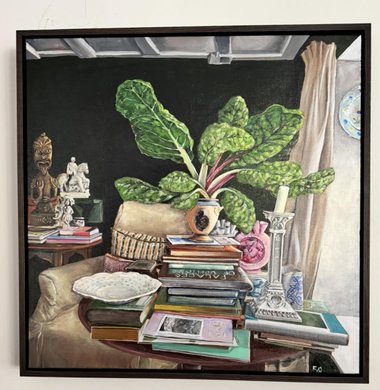
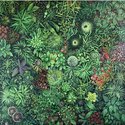
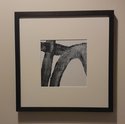

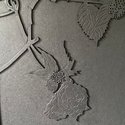

 Advertising in this column
Advertising in this column Two Rooms presents a program of residencies and projects
Two Rooms presents a program of residencies and projects
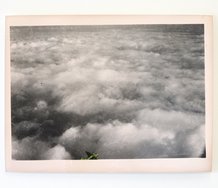
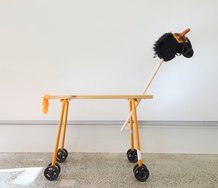
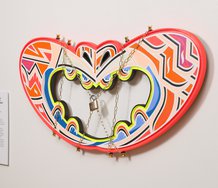
This Discussion has 0 comments.
Comment
Participate
Register to Participate.
Sign in
Sign in to an existing account.